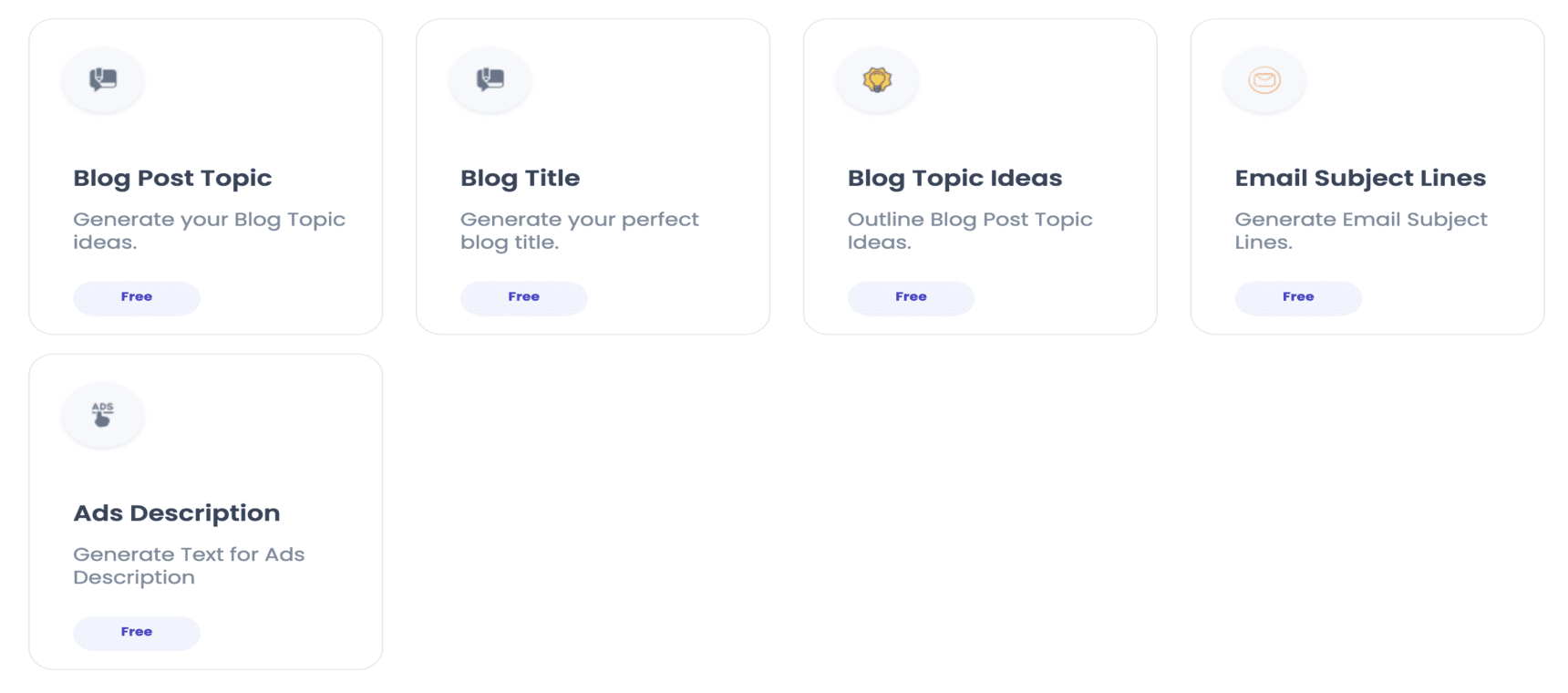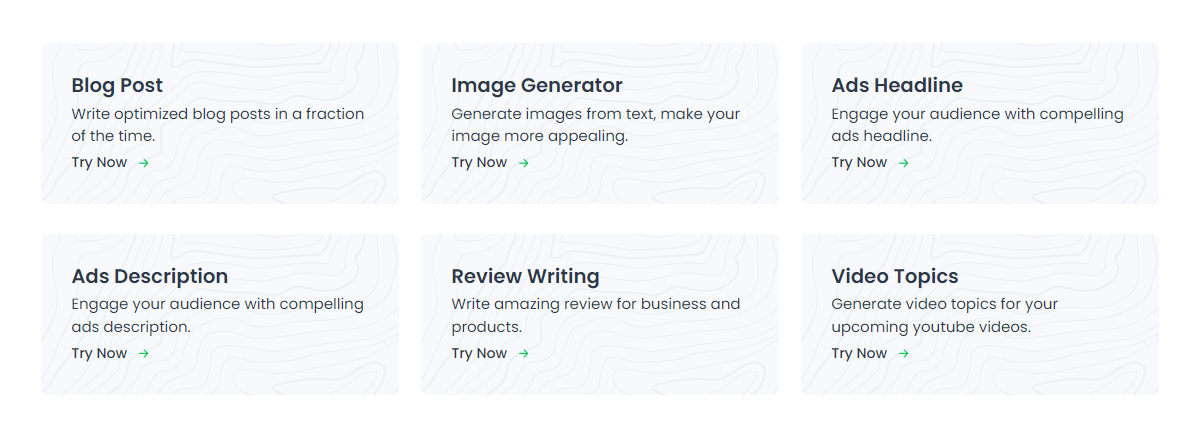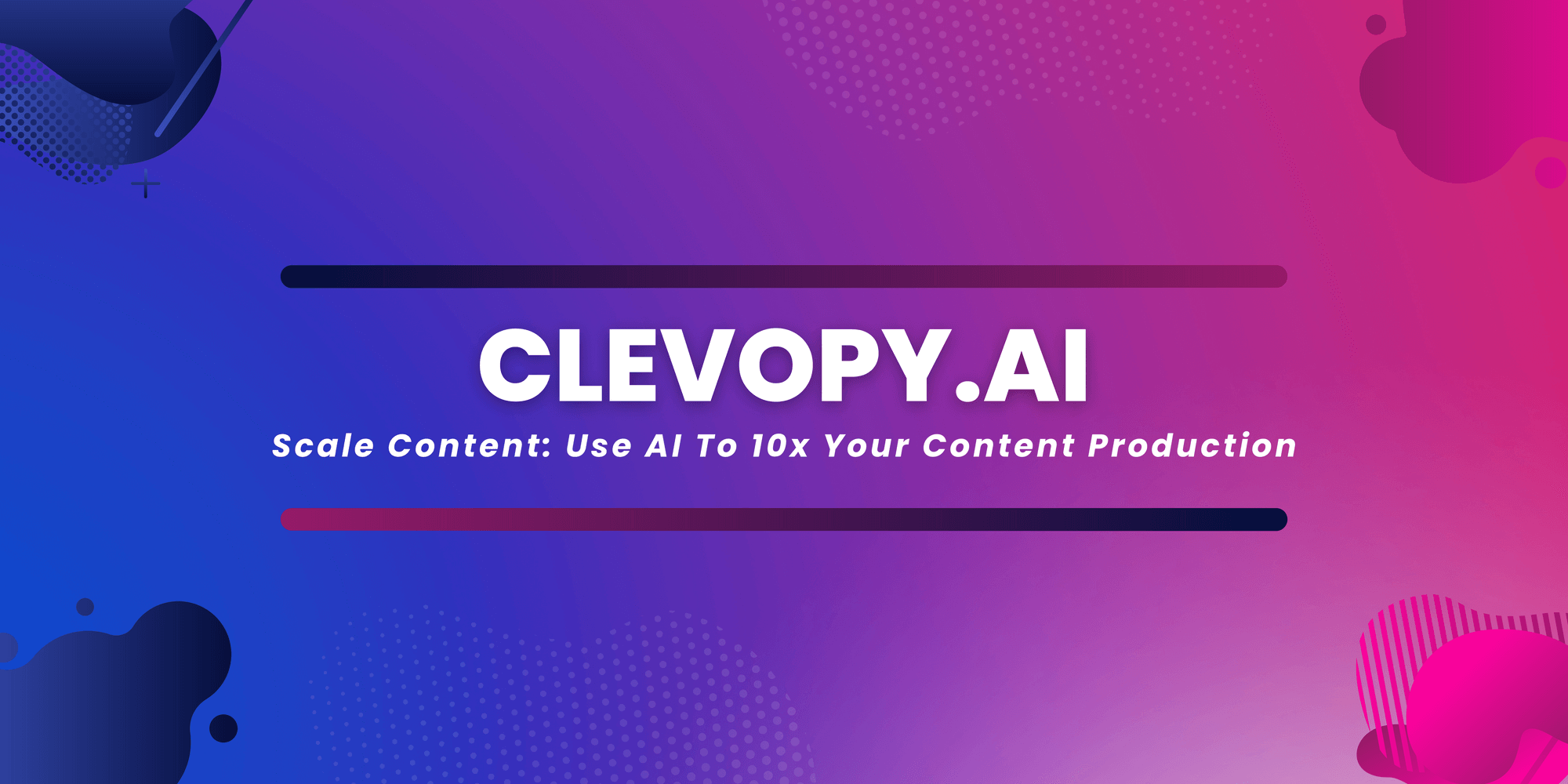Recent years have seen a rapid increase in the focus placed on content strategy as an effective marketing tool.
Content strategy has been embraced by many businesses, large and small, as a way to better understand their target audiences and create plans that match customer needs with organizational objectives.
In essence, an organization's content strategy involves creating context-rich content that speaks directly to the audience at hand. By taking into account the unique needs of different target markets, businesses can create compelling, consistent messages that will help them achieve desired goals and objectives.
This ensures that all marketing efforts are focused on targeted customers and better able to differentiate between customer segments.
A strong content strategy requires close collaboration across various departments within a company such as sales, marketing, product development, and implementation.
To maintain consistency with company messaging, these departments need to work together to ensure message accuracy and reduce potential conflicts.
Content should be iterative, focusing on continuous improvement through feedback from customers and data analysis. This approach helps organizations evolve their business strategies over time while also making sure they stay relevant to customers.
Content Strategy offers organizations a powerful way to engage their customers by providing meaningful experiences tailored specifically to each person’s individual interests.
Through a vibrant content strategy, companies can create lasting relationships with their customers while increasing customer loyalty and retention.

As AI becomes more involved in how we build the future, the next big move is building unique agile content systems that are capable of creating large volumes of content quickly and deploying the correct type of content at the right time to the right audience.
Top Trends for Content Creation in 2023 and Beyond
Brand awareness and thought leadership are the top content goals
a. Brand awareness is critical for businesses today, as it allows companies to build a strong presence and identity in the marketplace. It can help create customer loyalty and trust and lead to higher sales.
To achieve brand awareness, businesses use traditional and digital marketing strategies such as content marketing, social media campaigns, advertising, and public relations. Through these tactics, they aim to establish their brand’s unique identity and make it top-of-mind with potential customers.
Thought leadership is another important goal that businesses have today. Thought leadership refers to the process of positioning yourself or your business as an authority in your industry by sharing valuable insights and ideas.
This can be accomplished through informational blogs or articles, speaking engagements, creating white papers or research studies, conducting interviews with industry leaders and influencers, or hosting webinars or roundtable discussion sessions. By becoming a thought leader in your field you can gain greater visibility, credibility, and recognition.
b. Companies use content marketing strategies such as social media marketing, search engine optimization (SEO), and paid advertising to build brand awareness. Social media marketing allows brands to create content that engages with their followers and drives engagement with the brand.
This allows them to increase their reach, build relationships, and generate leads. SEO helps brands rank higher on search engine result pages which makes it easier for customers to find them. Paid advertising is used by brands to get eyeballs on their content quickly and can be tailored to target specific demographics.
Content marketing also provides an effective platform for companies to showcase their expertise in a particular field or industry and establish themselves as authorities on the subjects.
Companies can create content around topics of interest related to their business while also highlighting unique features or services they offer that can differentiate them from competitors.
Another advantage of content marketing is that it provides a platform for word-of-mouth marketing. By creating high-quality content that resonates with readers, companies can encourage direct conversations about their brand between peers, which boosts profile visibility and awareness.
c. Thought leadership is a strategic way for companies to establish themselves as industry leaders through the production of high-quality content such as white papers, webinars, articles, and podcasts.
Thought leadership strategies allow businesses to demonstrate their knowledge about their particular niche and market and be seen as authority figures in the industry. By producing content that resonates with their target audience and providing valuable insights, businesses can gain recognition through thought leadership.
The first step to engaging in thought leadership is developing a unique understanding of the needs of customers. Businesses must understand the challenges that their target market faces to be able to offer valuable solutions in their storytelling and content creation. Once they have identified these needs, they can create content that will address those issues.
When creating thought leadership content, businesses should focus on publishing original and compelling stories because this helps build trust between them and their target audience.
The most successful business leaders today are those who provide useful information that answers questions or solves problems for users.
Thought leadership also involves actively engaging with customers both online and offline by participating in conversations on social media networks or attending industry events and conferences.
Ultimately, thought leadership is an effective strategy for businesses looking to build credibility within their industry by creating meaningful relationships with customers and gaining recognition as experts in the field.
Through thoughtful storytelling, quality content creation, and customer engagement, businesses can increase visibility in their respective niches

Aligning Content based on Brand and Customer Insights
Producing content based on customer data is one of the top challenges companies face today. To successfully produce relevant and engaging content, companies must first understand their customer's needs and preferences.
This requires analyzing data from various sources such as customer surveys, interviews, website traffic data, feedback from social media channels, and others. Once this data is collected and analyzed properly, teams can begin to craft content that meets the specific needs of customers.
Aligning teams with a strategy is another major challenge for companies producing content based on customer data.
Companies need to ensure that everyone involved in the process is working towards the same goal. This includes setting clear objectives, defining expectations, and establishing processes that allow for collaboration between stakeholders.
The final challenge is hiring the right skills to create effective content marketing campaigns. Companies should seek out professionals with experience in marketing research, analytics, creative writing, and copyediting who can leverage customer data to develop strategies that will increase conversions and returns on investment.

Build An Effective Content Team
A Central Content Team is typically responsible for creating, publishing, and distributing content. This model involves a core team of content experts who collaborate to produce valuable content on an ongoing basis.
This team works together to determine the goals and objectives for each piece of content, as well as which audience members will be best served by it.
Additionally, the team works together to craft engaging stories that adhere to brand guidelines and provide consistency across all channels.
However, this model has been shifting towards a more hybrid decentralized approach. Companies want to keep up with today’s ever-changing demand for content and therefore decentralize production by allowing multiple teams or departments to create the same type of content under the same brand guidelines.
By decentralizing production in this way, companies are better able to manage their resources and efficiently create more meaningful content for their target audiences.
Furthermore, decentralizing production allows companies to outsource pieces of content creation while still upholding quality standards across all channels.
For example, partners such as marketing automation platforms can be included in the mix for improved efficiency and quicker delivery times while still ensuring consistency throughout all campaigns.
Create a Reburst Content Review Process and Editing
Despite technological advances, many companies still deploy inefficient processes for content review and approval.
This is often due to legacy systems that are cumbersome and complicated to use, or a lack of dedicated resources. Consequently, many enterprises find themselves mired in long, manual processes for approving and publishing their content.
These processes can often involve innumerable steps such as creating drafts, submitting documents for peer review, collecting feedback, and running multiple rounds of editing.
Moreover, enterprise collaboration tools such as email and chat can quickly become overwhelmed with conversations about the status of specific pieces of content and collaboration requirements.
This only adds to the complexity of the process and makes it difficult to ensure speedy approvals.
In today's fast-paced digital world, staying competitive requires an efficient content review workflow; but unfortunately, most companies are stuck with outdated processes that tend to be time-consuming and error-prone.
It is therefore essential for these organizations to invest in modern solutions that can streamline their workflows while providing full visibility into the review process.
Businesses See the Benefits of Scaling Content Using AI
Content marketing has a role in nearly every industry and a distinct one in different marketing use cases.
What’s needed for building awareness, and shifting perception can be quite different for nurturing prospects, converting leads, and serving customers.
Digging into the data, thought leadership for example was found to be a priority for content, particularly for companies in healthcare, manufacturing, and professional services.
Five Adjustments that content marketers might make:
- Creating a content governance system that allows for both excellence and speed is no easy task. It requires careful consideration of the different needs of each designation, and a way to effectively merge them into a single unified approach. To get started, it's important to have clear definitions of what is expected within each area - how fast the content should be created or updated, whether it should meet certain quality standards, and who should be responsible for sign-off. From there, design teams can start building processes that allow for both speed and quality. For example, creating two separate teams for editing and review may help ensure that content is being reviewed quickly while still allowing time for edits if needed.
- Technology can be used to streamline content processes in a variety of ways. First, automated systems can be set up to streamline the creation process. For instance, software tools that allow writers and editors to collaborate on drafts without needing multiple copies of documents can significantly speed up the process. Additionally, technologies such as artificial intelligence or natural language processing can be used to automatically generate ideas for content, saving time for writers and editors who would otherwise have to brainstorm topics themselves. Furthermore, content management systems like WordPress or Medium can aid with the organization and archiving of writing projects. Finally, technology-driven workflow solutions can automate basic editing tasks such as formatting copy for different channels. Finally, establishing regular communication channels across teams will ensure that everyone is always on the same page throughout the process. These could include team meetings or regular check-ins to discuss progress and any issues that arise along with setting up systems where feedback can quickly travel between departments.
- As content marketing continues to be influential in growing online presence, organizations can take advantage of it by creating more engaging and interactive formats. Media such as videos, infographics, podcasts, and blogs can be used to build authority and provide customers with meaningful information that delivers real value. Content can also be used throughout the customer journey to persuade, convert, and service customers. For example, strategic blog posts can demonstrate expertise in a particular field or topic and encourage the reader to continue down the sales funnel. Utilizing interactive content such as polls on social media or chatbots on a company website can help convert leads into customers by providing an intuitive user experience. Finally, after-sales materials such as how-to documents or dedicated customer support channels can be used as a way to service existing customers.
- When it comes to tapping into new behavioral data sources, platforms like social media and search engines are a great place to start. Through these platforms, businesses can gain insights into customer behavior, preferences, and interests that can help inform decision-making. Furthermore, leveraging influencers on social media can also provide valuable insights for businesses. Influencers have the power to shape public opinion and their networks often have considerable reach. Investing in the right influencers can be beneficial for companies looking to target specific audiences.
In addition to leveraging traditional data sources, leveraging emerging tools powered by Artificial Intelligence (AI) is another way businesses can efficiently access new behavioral data sources at scale.
AI-powered tools such as machine learning algorithms or natural language processing systems can help businesses quickly access large quantities of information with minimal effort.
This allows businesses to keep up with the latest trends and consumer behaviors in a fraction of the time it would take to manually analyze such large datasets.
Automating processes is one of the most effective ways to scale a business beyond hiring additional employees.
Automation platforms and technologies can help streamline and expedite tasks that would otherwise require human labor, saving you time and money while improving your efficiency.
This may include automated customer service solutions, online payment systems, scheduling systems, or inventory management tools.
Outsourcing partnerships are another great way to scale your business. By partnering with external consultants or contractors, you can take advantage of their specialized skills without investing in additional full-time staff.
This can be an especially cost-effective solution for bringing on short-term assistance or immediate support.
Finally, user-generated content can help you scale your business cost-effectively and organically.
Platforms like Twitter, Facebook, TikTok, and Instagram allow customers to share their experiences with your product or service as well as provide feedback on its quality and effectiveness.
This could contribute significantly to marketing efforts without needing additional resources.
AI content creation and Content marketing continue to fuel marketing transformation and continue to evolve even within their own formula and forms.
💡 Create Content 10x Faster - Get Access to 90+ AI Tools. Try ClevopyAI Today!





